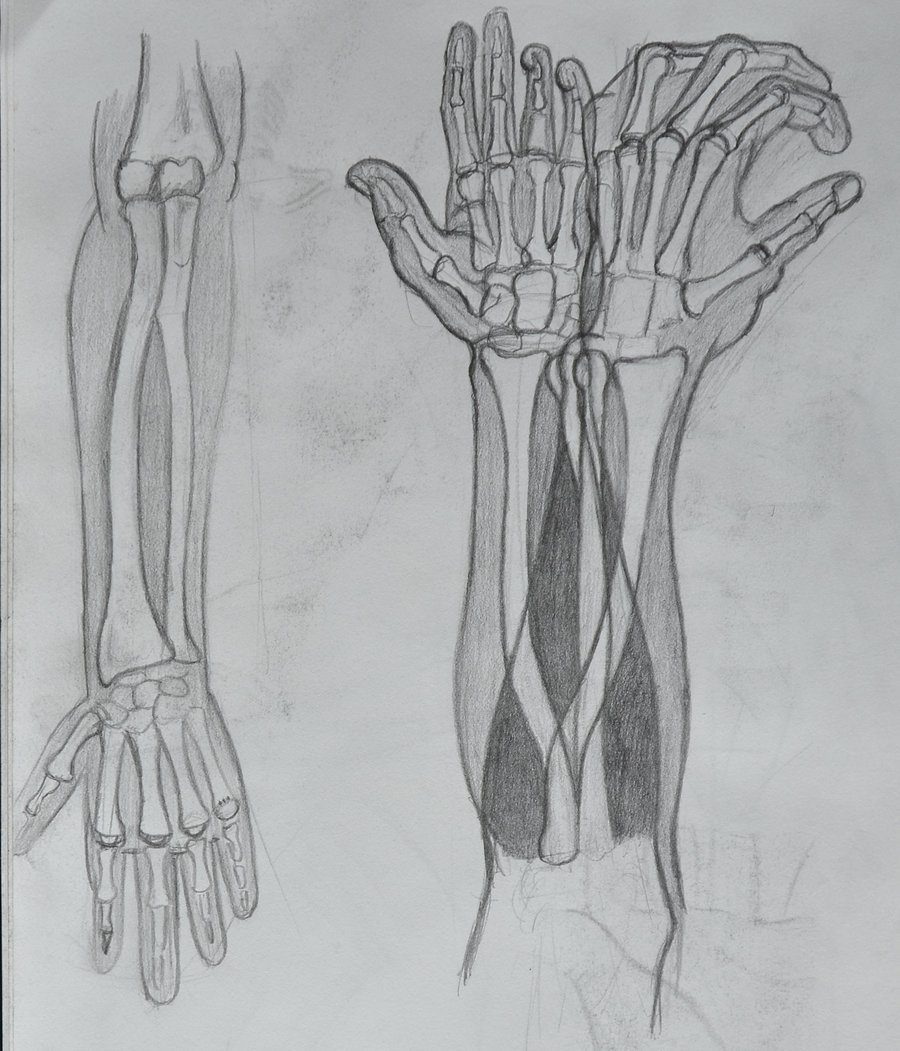
I recently came across a useful video describing arm rotation in piano technique.
For those of you who may be unsure what this term means, it’s the movement your arm makes when you turn your hand from palm down to palm up in front of your body. We’re actually quite lucky that our forearms contain two bones (ulna and radius) that can rotate over each other. Without them (and a similar combination in our lower legs), our arms would only be able to rotate about as much as our thighs.
I believe it is an important aspect (some would say absolutely vital) of piano technique to explain and demonstrate to students, particularly when they start playing fast. Unfortunately, pianists taught solely via a “finger isolation” method of playing with very fixed wrists are working against the natural movement of their bodies and are increasing the chances of injuring themselves if they practice heavily in the future.
As you know from previous posts, I really like the Taubman technique and the videos of Edna Goldansky. Although I’m neither trained nor experienced in this approach, I include aspects of rotation and wrist flexibility in my own teaching, particularly when I see students trying to play things with a rigid and fixed motion of the arms and hands.
Understanding this motion has certainly helped me out of at least one potentially painful situation. It was while preparing for my recent Diploma that I experienced pain for the first time in my right wrist when working on the final movement of Beethoven’s Op 26 Sonata:
With some help from Taubman teacher Therese Milanovic, who I met at the last APPC conference and whom I highly recommend to anyone experiencing any pain when they practice, I was able to alleviate this pain by slowing down the movements in practice and making sure that playing each note in the RH involved a distinct rotation of the arm from the 4/5 fingers to the 1/2 fingers and back again during each crotchet pulse. Over time, these movements were minimised until they were imperceptible but ingrained naturally in my playing. I experienced no further pain in this passage and have been able to avoid this problem in similar passages.
In regard to this experience, I recently posed the following ques ting on the Art of Piano Pedagogy Facebook group:
ting on the Art of Piano Pedagogy Facebook group:
How many of you consciously teach forearm rotation from the first lessons or is it something you tend to do more as students advance?
If you’re a member of the group (and I think every piano teacher should be!), you can view the answers here. I was interested to note that some teachers don’t incorporate forearm rotation at all in their teaching, others explain and teach it from the first lesson and then there are plenty of teachers who, like me, explain it as required.
Clearly, the rotational movement seems to come quite naturally to some people, while other struggle. For students, I relate the movement to turning a door knob, which I first get them to do in the air above the piano, and then slowly using fingers 1 and 5 on two comfortably spaced keys and then other combinations of 2 + 3, or perhaps 2 + 4 which tends to feel quite balanced. When it feels natural and comfortable, we relate it to the repertoire they are studying.
Do you teach forearm rotation?

Richardre Rossi says:
I think rotation is a very simple thing to teach from the start but the first lesson should be the basic movement from the etude op.25 of Chopin etude ocean. I know most think it is for advanced player but this is a typical mistake of the modern teaching and this is the very difference between a professional approach and a amateur one. Is also the reason there are a lot of poor piano players. They started without the true base.
Pik says:
Very helpful post, will keep that in mind and impart the technique, went on to view the ” grouping and surfacing” presentation by Dr J Mortenson – v insightful indeed , thank you for this.
Jolene says:
Thank you for this! I learned a lot and will certainly incorporate it immediately into my teaching.
Richard says:
I didn’t read the post .Very happy to see the positive reaction. Having passed years I can say more : there’s another kind of rotation of finger and wrist should be in corporated more in advance possibly and is the one in prelude n.5 of Chopin 1 bar. Also in this case there are a lot of teachers contrary to this.But it’s a wrong vision. This technique is basic also for adquire control and a light touch also when we don’t use it! The hand will change attitude forming on this way.
david mcnicol says:
Great post. I certainly do teach and encourage forearm rotation to all my students. I was taught this technique from my own teacher and I feel it is an essential ingredient in avoiding any wrist tension or possible injuries.
timtopham says:
Thanks Denise! I see you’re in Toowoomba. Will you be at the conference?
Denise says:
I really enjoyed this post….you could have written 2000 words on this subject 🙂